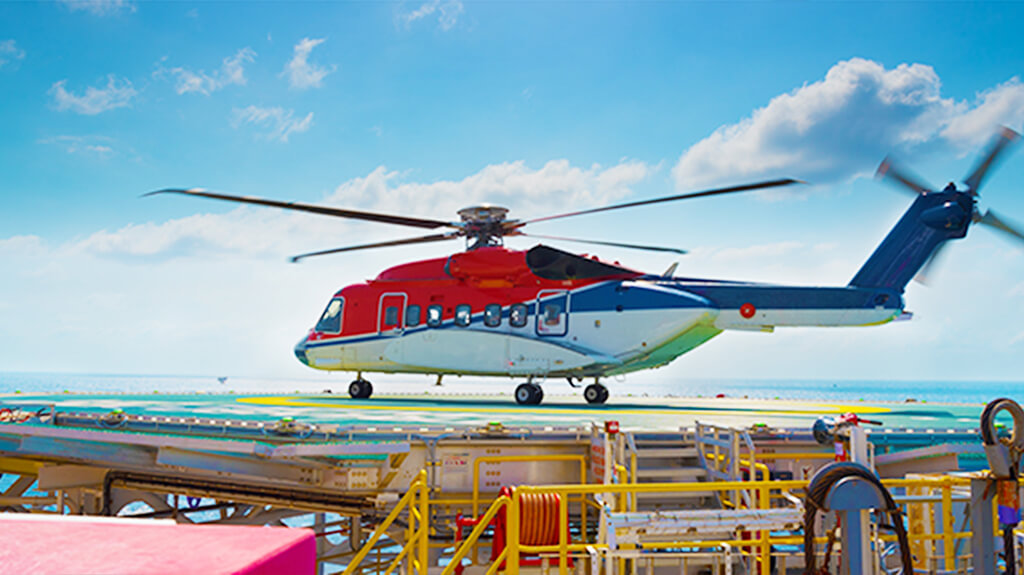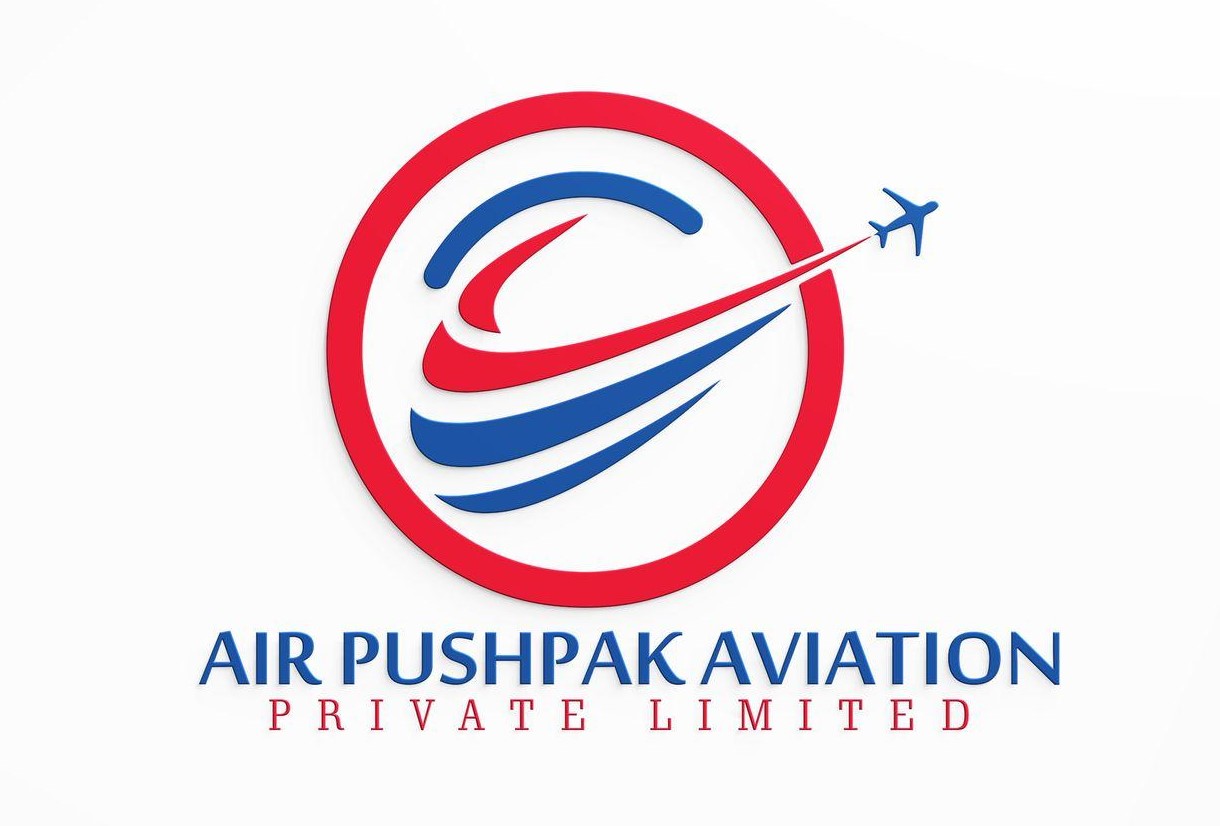
Offshore Transportation Service
Offshore transportation refers to the movement of personnel, equipment, and materials to and from offshore facilities, such as oil rigs, gas platforms, wind farms, and research stations located in bodies of water. These operations are critical for industries like oil and gas, renewable energy, maritime research, and defense.
24×7 Guest Support no:- +91 9289445248
Email:- airpushpakaviation@gmail.com
Types of Offshore Transportation
Helicopter Transport:
Purpose: Helicopters are widely used for transporting personnel, particularly crew members, to and from offshore oil rigs, platforms, and wind farms. They are also used for emergency medical evacuations (MEDEVAC), safety inspections, and delivering small supplies.
Advantages: Helicopters are fast, can access remote offshore locations directly, and are ideal for quick crew changes or medical emergencies.
Challenges: Weather conditions such as strong winds, fog, or storms can limit helicopter operations. Additionally, helicopters have limited payload capacities and flight range, requiring careful planning for fuel, safety, and route management.
Supply Vessels:
Purpose: Vessels, such as supply ships or crew boats, are often used for transporting larger quantities of materials, heavy equipment, and supplies to offshore facilities. They are also used for crew transfers, although they take longer than helicopters.
Types of Vessels:
Platform Supply Vessels (PSVs): These are specialized ships designed to carry bulk cargo, such as fuel, water, and drilling equipment, to offshore platforms. They are equipped with large cargo holds and heavy lifting cranes.
Crew Transfer Vessels (CTVs): These boats are designed for fast and safe personnel transportation between offshore rigs and the mainland. They can operate in rough seas and have a quick turnaround time.
Advantages: Vessels can carry large amounts of cargo and personnel, making them ideal for bulk transportation of equipment or supplies.
Challenges: The slow speed of vessels compared to helicopters means that trips can take several hours or days, and they are more vulnerable to adverse weather conditions, including high waves and storms.
Jack-up Barges:
Purpose: Jack-up barges are floating platforms used for construction, maintenance, and accommodation. They can be “jacked up” above the water to provide a stable platform for various offshore operations, including drilling, construction, and servicing.
Advantages: These platforms provide a stable base for large projects and can support heavy equipment, making them ideal for construction, maintenance, and repair work on offshore platforms.
Challenges: Barges are not suitable for quick personnel transfer or emergency evacuations, and they require careful management to ensure stability during rough weather conditions.
Subsea Vessels (For Deepwater Operations):
Purpose: These vessels are used for deep-sea drilling, underwater construction, and maintenance. They are equipped with remotely operated vehicles (ROVs) or divers to conduct underwater operations.
Advantages: Subsea vessels are equipped with specialized technology for deepwater operations and can access underwater rigs or submerged installations.
Challenges: These vessels are expensive to operate, and deepwater conditions can be harsh, making operations highly complex and risky.
Barges and Tankers:
Purpose: Barges are used to transport bulk cargo, such as fuel, materials, and machinery, to offshore facilities. Tankers are specifically designed for transporting large quantities of liquid cargo, such as oil, gas, or chemicals.
Advantages: Barges and tankers are essential for bulk transportation and can carry large amounts of cargo over extended periods, making them ideal for sustained operations in offshore facilities.
Challenges: As with other vessels, they are susceptible to weather delays and require careful scheduling to ensure timely delivery.
Offshore Transportation Challenges
Weather Conditions:
Offshore areas, particularly in remote locations like the North Sea or the Gulf of Mexico, are prone to harsh weather conditions, including high winds, storms, and rough seas. These conditions can disrupt or delay transportation and make it dangerous for crews and equipment.
Solution: To mitigate risks, offshore transportation is often scheduled with a focus on the most favorable weather windows, and advanced weather forecasting tools are employed to predict conditions.
Logistical Coordination:
Offshore facilities, especially in deepwater or remote regions, can be difficult to access. Coordinating transportation schedules, safety measures, and the delivery of equipment and supplies requires meticulous planning and collaboration between the transportation service providers, offshore operators, and other stakeholders.
Solution: Effective communication, real-time tracking of vessels and helicopters, and robust supply chain management systems are used to ensure smooth coordination.
Safety and Compliance:
Offshore transportation often involves transporting personnel and valuable cargo to facilities in high-risk environments. Safety is paramount to avoid accidents such as vessel collisions, helicopter crashes, or equipment damage. Additionally, transportation operations must comply with strict safety standards, environmental regulations, and industry guidelines.
Solution: Regular safety training, the use of specialized offshore transportation equipment, and adherence to international standards, such as the International Maritime Organization (IMO) guidelines and Civil Aviation Authority (CAA) regulations for helicopters, help ensure safety.
Environmental Impact:
Offshore transportation can have significant environmental impacts, particularly if vessels or helicopters malfunction or release pollutants into the sea. This is a critical consideration in industries like oil and gas, where transporting hazardous materials poses environmental risks.
Solution: Environmental regulations, safety protocols, and sustainable practices are put in place to minimize the risk of spills or pollution, and response plans are established to handle potential accidents.
Crew Fatigue:
The constant rotation of crew members to and from offshore facilities can lead to fatigue, especially on long shifts or during extended offshore operations. Ensuring the well-being and rest of the crew is essential to maintain safety and productivity.
Solution: Offshore transportation schedules are designed to rotate crews efficiently, allowing for regular rest periods and reducing the risk of accidents caused by fatigue.
At Air Pushpak Aviation, we take immense pride in being India’s premier provider of luxury helicopter and private charter services.
We deliver an unparalleled blend of safety, efficiency, and exclusivity, ensuring every journey is not just a trip—but a world-class experience tailored to exceed your expectations.
Quick Link
Connect Us
2025 © All Rights Air Pushpak Aviation Pvt Ltd.

